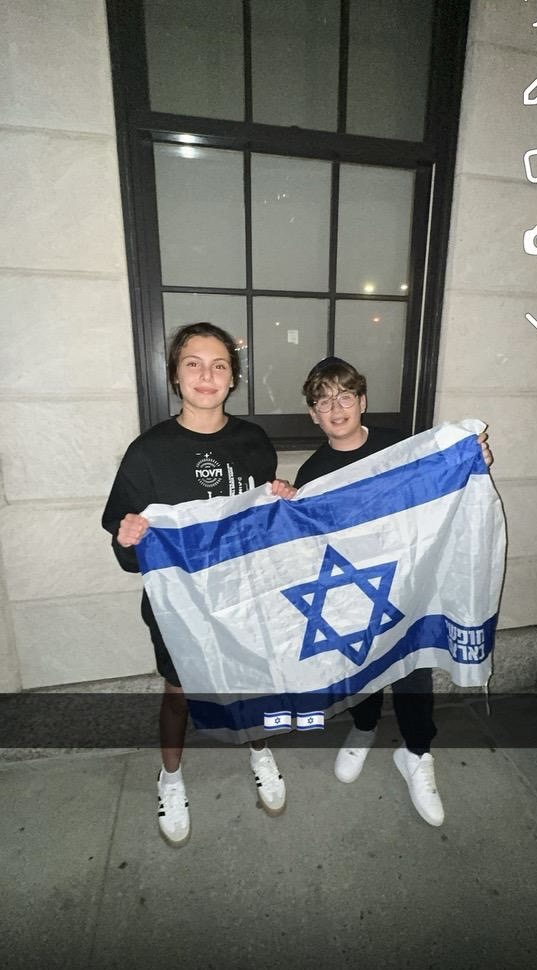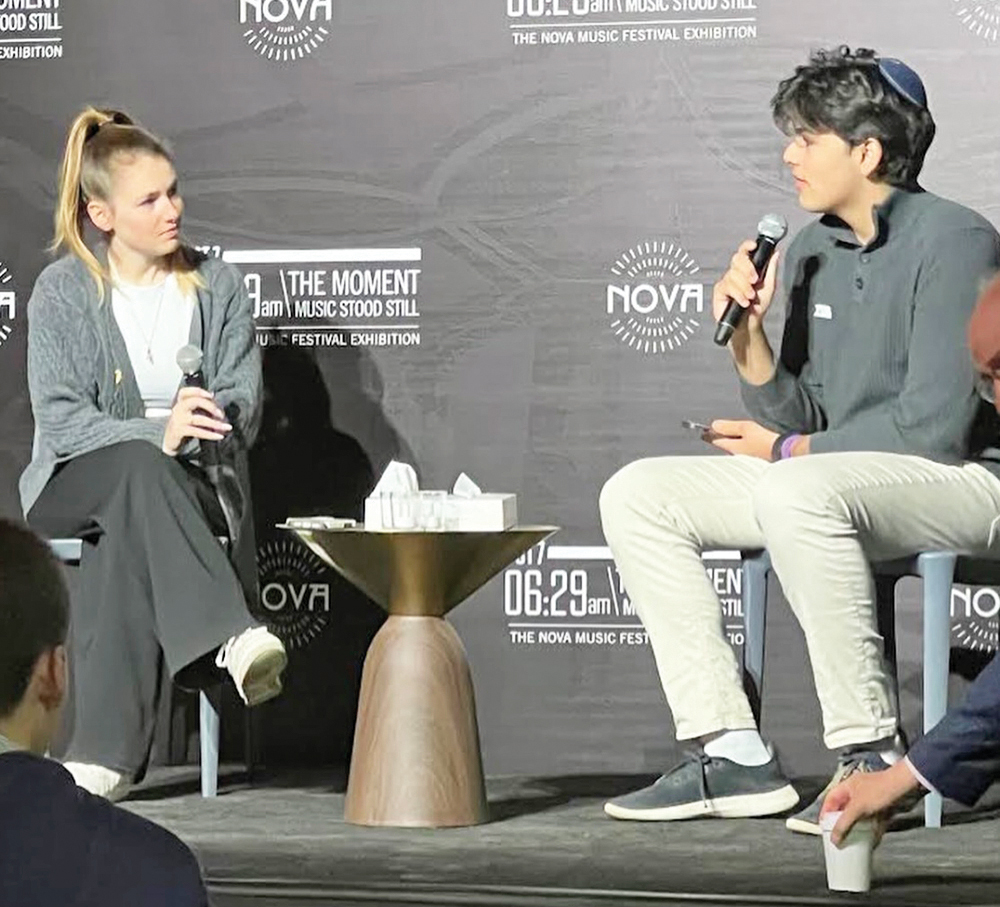This week’s haftorah is taken from the 40th perek of Sefer Yeshayahu, a perek familiar to most of us—the chapter that begins with Hashem’s cry to His prophets “Nachamu, Nachamu Ami,” to comfort His grieving nation. That cry, which opens the series of “Haftorot of Consolation”, is also the chapter that opens prophecies of redemption in Sefer Yishayahu. As we bask in the light of the recently observed chagim,as we still sense the sanctity of the Yamim Noraim and feel the joy of Sukkot, it is more than curious why the last few haftorot are taken from the geula, redemption, section of the navi Yeshayahu, and why the themes are so similar to (and, indeed, are sometimes the very same as) those haftorot that are read following Tisha B’Av. After all, the parsha of Bereishit deals with Hashem’s creation of the universe; the parsha of Noach deals with the rebuilding of the world through the righteous Noah and our parsha tells us the story of the progenitor of our nation, the saintly Avraham.What need did Chazal have to establish these readings and share words of comfort for these specific Torah portions?
Rav Moshe Lichtenstein opines that each parsha leaves us with worry for the future: Parshat Bereishit closes with God’s decision to destroy Man due to the widespread corruption He sees; Parshat Noach tells the story of the rebellious generation of Migdal Bavel, while Parshat Lech Lecha leaves us with the barren Sarah still praying for a child. The first two Torah portions depict individuals and societies that failed to meet the challenges set for them by God, while the third one ends with only a beginning to the solution.
Rav Lichtenstein writes that it is almost a depressing experience to study these chapters and therefore, we need encouragement and support, feeling, as we might, unworthy and incapable of ever approaching God. These haftorot, therefore, attempt to give a positive “spin” to the events in order to console and reassure future generations. The first selection depicts the Redemption, giving hope for the future, while the second selection (for Parshat Noach) comforts the people, describing the “mei Noach,” the waters of the flood, as the trigger for God’s brit never again to destroy the world as He had then.
Today’s haftorah is taken from the 40th chapter of the prophet and is the continuation of the prophecy of “Nachamu.” But whereas the beginning of the chapter portrays God’s omniscience and power, His greatness and domination, this second part speaks of His closeness to Man and the ability of Man to reach Him and bond with the Divine—precisely as Avraham Avinu had.
Indeed, as the haftorah points out, it is Hashem Himself who will give strength to the weary and courage to the fearful. It is He who will help us draw closer to Him and meet the challenges He places before us.
The story of Avraham and Sarah marks the beginning of a nation who would spread Hashem’s light to all.
And it is the message of Yeshayahu in this haftorah that reassures us and teaches us that, with God’s help, we too can carry out the divine mission that God has set out for us.
Rabbi Neil Winkler is the rabbi emeritus of the Young Israel of Fort Lee, and now lives in Israel.












